Day 1 and 2 of Fieldschool at the Tollense Battlefield
Alongside the river Tollense, located in northeast Germany, there have been many finds regarding the Bronze age. From 1 through 12 August, students from the universities of Götingen, Leiden and Rostock are conducting research at three sites in the Tollense valley.
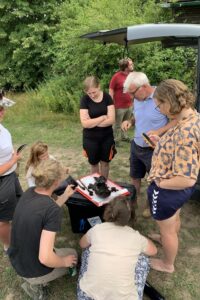
The students from University Leiden will be mostly responsible for an archaeological site that is located in the river. In the first days, the focus of this underwater site consisted of documenting a dugout or logboat that was found and researching a location where human bones were found.
During the first day, the students became acquainted with the site. They visited the site and listened to a lecture by a volunteer who has been working in the river Tollense for multiple years. The excavation did not start until the second day. However, during this first day, plans for the excavation for the morning after were made. The plan mostly focused around getting the students comfortable with the diving equipment.
The second day of the fieldschool was the first real field day. However, it quickly became clear that the water levels were really low. So when the dugout was investigated, the students would use snorkel equipment instead of scuba. The dugout is partly situated on the river bank and so the first task was to get rid of the plants that were growing around it. When this was accomplished, videos were made that can hopefully be used to create a 3D model. The other focus of the underwater site involves human bones. In this area, a skull was located 1,5 meter underneath the surface level. This meant the divers were using scuba equipment this time. When the skull was found and marked, videos were made, again for a 3D model. This way, the context of the skull could be documented before lifting, which happened as the last action of the day. The skull was successfully lifted and was safely transported over land.
Robin Jonker, Leiden University


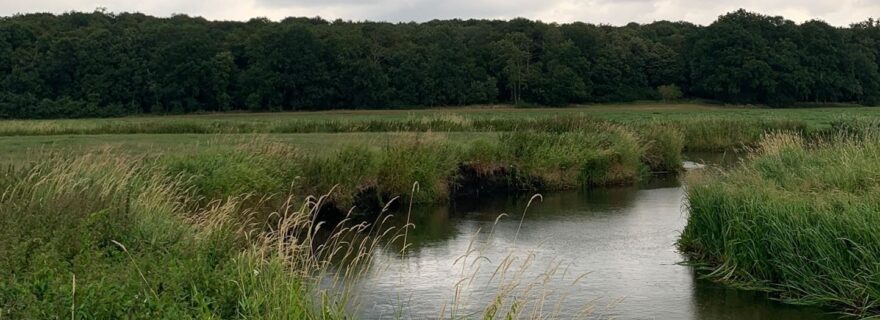
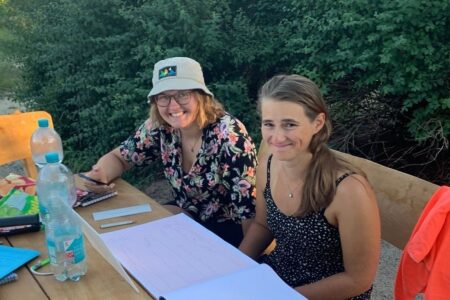
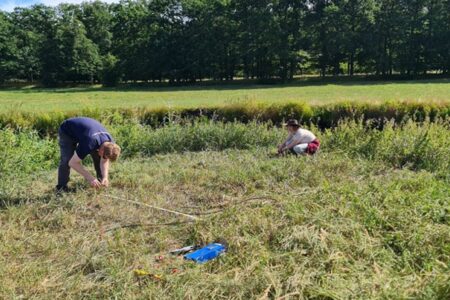
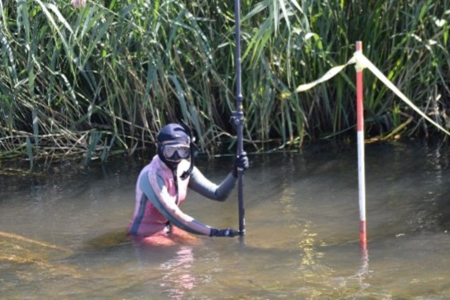
0 Comments